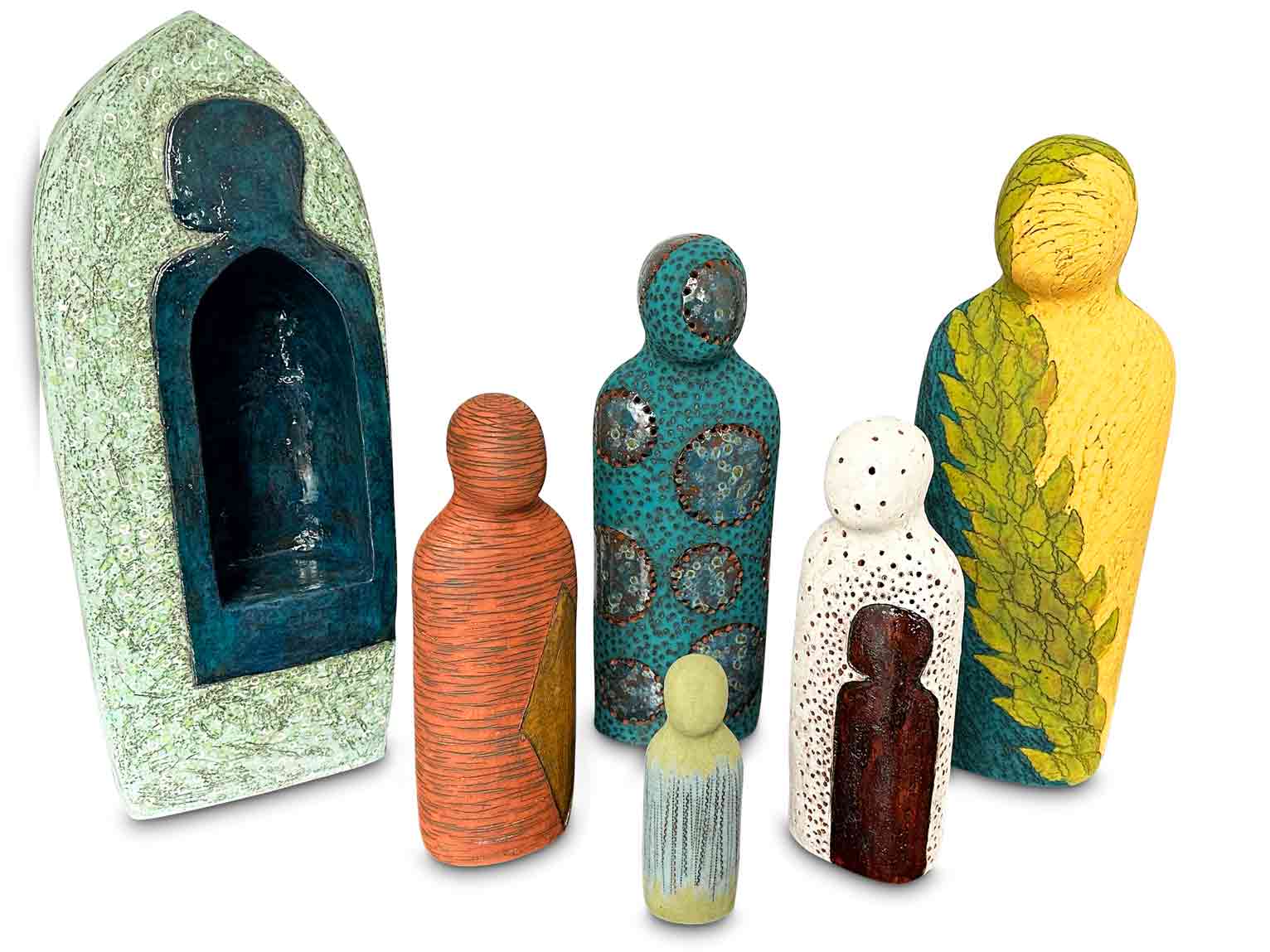
When it comes to protecting the rights of injured workers in Central and Southern Ohio, Spears & Marinakis LLC stands out as a trusted law firm. The firm’s experienced attorneys have earned a strong reputation for handling workers’ compensation and personal injury cases with skill and care. Located in Ironton, with a branch in Portsmouth, Spears & Marinakis has built a record of success through its dedication, legal expertise, and commitment to client service. Below are seven clear reasons why so many Ohio workers rely on them when they need strong legal representation.
1. A Photo of Dedication You Can Trust
Every photo that represents Spears & Marinakis LLC reflects more than professionalism—it shows the team’s long-term commitment to helping clients achieve the best possible outcomes. The firm is ready to assist those who need to navigate the legal process after a workplace injury. Each image shared on their website and recommended reviews platforms such as Yelp highlights their belief in honest service, clear communication, and a focus on workers who deserve justice.
2. The Spears & Marinakis Legacy of Legal Excellence
Founding partners Spear and Marinakis created a firm that stands on values of integrity, reliability, and client-first care. The team’s excellence in handling compensation cases comes from years of hands-on experience across southern Ohio. Their legal insight allows clients to understand the complexities of workers compensation law, real estate matters, and social security disability insurance issues. Spears & Marinakis is known for giving every client the personal attention they need during difficult times.
3. A Law Firm That Understands Every Ohio Worker
For many employees across Columbus, Cincinnati, Waverly, and the surrounding tri-state area, filing a compensation claim can feel overwhelming. The lawyer team at Spears & Marinakis makes sure every injured worker gets clear guidance about their legal rights. Their goal is to protect your rights and help you qualify for the compensation you deserve. The firm’s legal services include support for estate planning, real estate, and workers comp cases, giving clients a single, reliable source for full legal assistance.
4. Proven Results and Positive Review from Ohio Clients
Spears & Marinakis LLC has earned many recommended reviews from satisfied clients in Portsmouth, Ironton, and beyond. Each review points to their dedication and ongoing support throughout every step of the legal journey. Clients praise the firm’s attention to detail, their ability to deliver consistent results, and their respectful approach to each agreement. The firm values every client relationship, treating each case with care and respect for the person and their loved ones.
5. Local Expertise: A Trusted Branch in Portsmouth
With a strong branch in Portsmouth, Spears & Marinakis serves as a vital part of the Ohio legal community. The firm is located in Ironton but maintains a strong presence throughout Southern Ohio. This makes it easier for clients to contact their team, whether they need help with a workers’ compensation claim, real estate issue, or estate matter. Their expertise in both state and local law allows them to give tailored advice that helps clients navigate every stage of their claim.
6. Personalized Consultation and Legal Services
From the first consultation, the firm’s attorney team provides insight that helps clients understand the complexities of the legal process. They offer detailed explanations and honest feedback about how to proceed with compensation cases or personal injury matters. Every appointment is treated with care, allowing clients to discuss their concerns freely. When you request consultation, Spears & Marinakis ensures that your situation receives the full personal attention it deserves. Their legal services are built to establish trust, offer guidance, and help each client feel confident about their next steps.
7. A Commitment to Excellence and Reliable Representation
What makes Spears & Marinakis the most reliable law firm for Ohio workers is their deep commitment to excellence. They don’t just handle cases—they build relationships that last. Whether you need help with a workers’ compensation claim, personal injury, estate planning, or real estate documentation such as a deed, the team works to secure the outcome you deserve. Their strong reputation across southern, southwest, and central Ohio comes from delivering results while maintaining respect, honesty, and professionalism in every case.
Serving Ohio Workers with Dedication and Insight
The attorneys at Spears & Marinakis LLC continue to be known for their insight and dedication to clients who face serious challenges after being injured at work. Their team uses extensive knowledge of workers compensation law to help clients qualify for benefits and to resolve disputes fairly. They also provide legal support for real estate and estate planning, giving clients a full range of trusted legal services. Every lawyer at the firm works with the shared goal of helping clients move forward with confidence and peace of mind.
Your Trusted Ohio Team for Workers’ Compensation and Legal Guidance
If you or a family member has been injured at work, Spears & Marinakis LLC is ready to assist. With offices located in Ironton and a branch in Portsmouth, their team is serving clients across Southern, Southwest, and Central Ohio. You can reach them through their contact information or phone number listed on their website. When you contact Spears & Marinakis for a consultation, you gain access to experienced attorneys who can help you navigate your compensation claim and the legal process that follows.
Their firm combines expertise, personal attention, and a strong commitment to achieving justice for every client. Spears & Marinakis LLC stands as the go-to choice for workers’ compensation and personal injury representation in Ohio. They remain focused on helping each client secure the compensation they deserve, with dedication that reflects true excellence in the practice of law.
Contact Spears & Marinakis LLC today to schedule an appointment or request consultation. Their team of trusted professionals is ready to guide you through your case with care, skill, and respect, helping you and your loved ones move forward after an injury.

Spears & Marinakis, LLC
122 S 4th St, Ironton, OH 45638
(740) 532-6913
https://www.spearsmarinakis.com/













